Oh, hello
Welcome to re:frame.
If you're reading this, chances are good it's not by accident and you have some idea what you've gotten yourself into. But just in case you've stumbled across this accidentally or been somehow unwittingly inducted:
Welcome to re:frame.
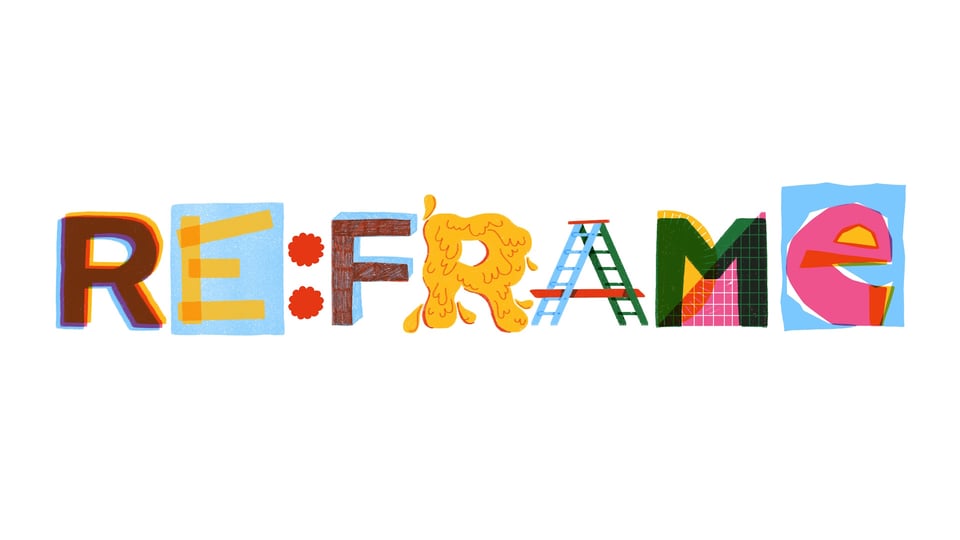
But what is re:frame? Who's writing it? Why? Well, that's the whole purpose of an intro letter, so that's probably enough setting the table. Let's get started, shall we?
re:frame is an animation newsletter covering all aspects of animation no matter how small or tangentially related. We aim to be playfully serious and seriously playful, writing about the medium from every possible angle from op-eds to interviews to lists. The plan is to have a little bit of everything, with morsels to chew on Tuesdays and Fridays every week. Something a little more meaty once a week as well as something that's more of an appetizer. Sometimes timely, sometimes not, and always born out of a personal fascination from us, your humble curators.
re:frame is a noncommercial effort — we are currently in it for the love of the game — from journalists and bloggers Rollin Bishop, Kambole Campbell, and Toussaint Egan. As of writing, Rollin is US Managing Editor at GamesRadar+, Kambole is a freelance film and TV critic and curator, and Toussaint is a freelance entertainment journalist and contributor to Endless Mode as well as a former Curation Editor for Polygon. Collectively, we've been covering different aspects of animation for years and years, and we intend to keep doing so professionally in addition to managing re:frame together as a group.
re:frame as an endeavor exists for one simple reason: we want to do more, cover more, share more, and generally explore more about animation than our professional lives will allow. This is a place for us to go as deep and long (or short, as the case may be) on subjects from DVD commentaries to soundtracks to animated shorts to preschool shows to obscure anime as much or as little as we want — without there being any real imperative to traffic. The only thing stopping us is, well, us.
Don't get it wrong; we'd love for you to read, share, engage, and continue subscribing. But we're not just looking to continue the animation conversation or be a part of it. As the name implies, we hope to reframe it.
And we're just getting started.
My Dress-Up Darling knows that dresses are for everyone
by Kambole Campbell
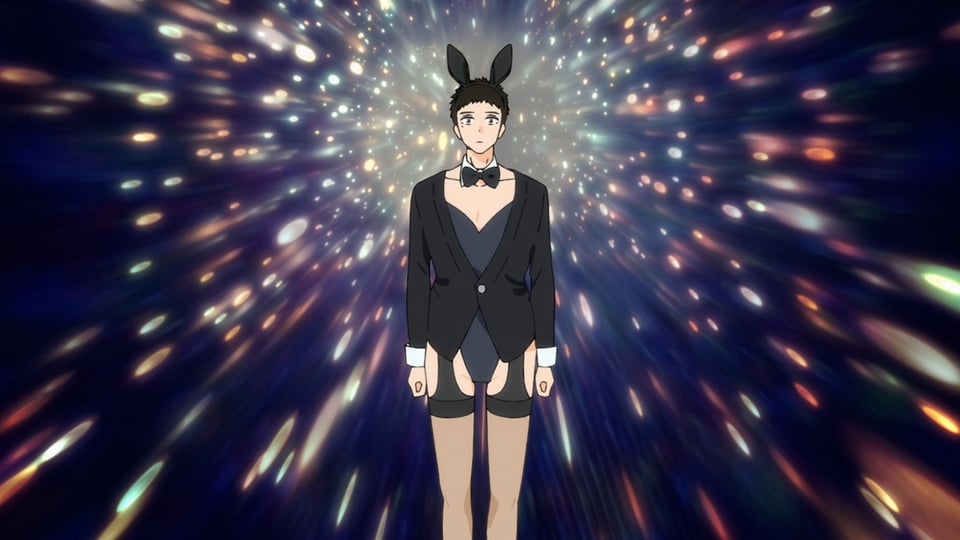
The first season of the rom-com My Dress-Up Darling comes with a hook which on paper sounds like wish fulfilment for lonely guys – the isolated and shy dollmaker Gojo Wakana is approached by the beautiful, charismatic, and incredibly friendly Marin to make cosplay costumes, and romantic interest mutually blossoms. Every now and then they stumble into rather sexually charged scenarios. But that's on paper – in reality (well, still drawn), the first season was actually much more attentive to the feelings of its characters and their interior lives. Not only that, but another angle was also crucial to Wakana's loneliness. In his youth, his cousin reacted with disgust at his enthusiasm over hina dolls, with particular attention paid to the idea that boys shouldn't be playing with dolls.
Anime News Network Executive Editor Lynzee Loveridge points this out as part of a trend this anime season, that some of the most high-profile shows have queer stories at the front and center. One she cites, The Summer Hikaru Died, ignites this via a story of grief and quiet horror as a boy's companion is replaced by an eldritch… something. (Later on, "Hikaru" asks him to put his hand inside him, via a big gash on his chest.)
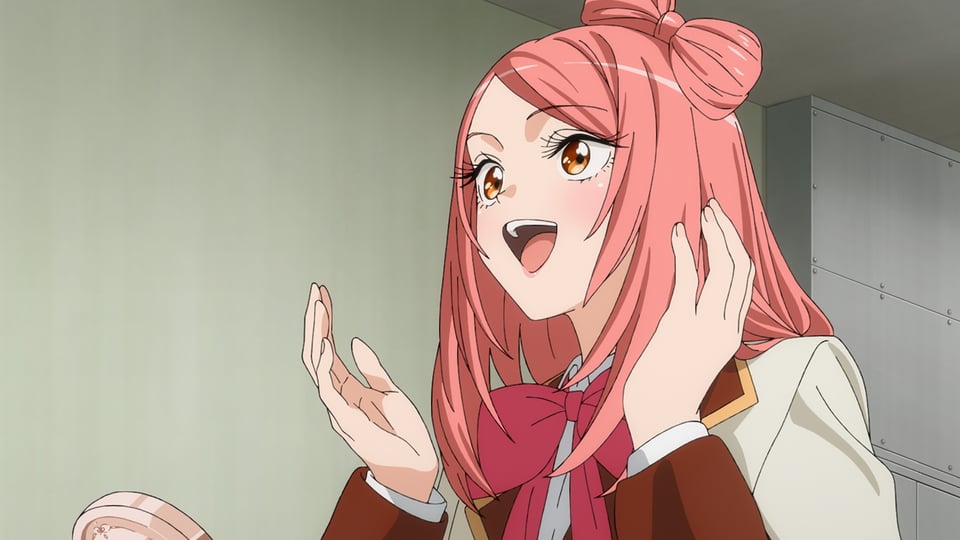
In the case of My Dress-Up Darling, it's an expansion on the show's initial hook, Gojo coming out of his shell and realizing people aren't always as rigid in their thinking as his cousin was that one time. Though Wakana has since become comfortable with sharing his love of hina doll-making with Marin, it's still not something he spreads around. The second season of the show opens with a doubling down on rumination about the ideas of hobbies being gendered, as his dollmaking gets revealed to a group of friends while out at karaoke. Wakana braces himself for the worst, but is to his surprise met with sincere excitement and curiosity. It's exciting to them that he makes dresses, even more so that he cares deeply about dollmaking.
It's tied together with the show's usual playfulness: Gojo obsesses over tools and tricks of the trade, Marin ping-pongs between social groups and drags her partner along, the world of its animation feels as vibrant as ever as well as its cartoonish non-sequiturs, even amidst its rather realistic backgrounds and attention to detail. It's business as usual, that sense of (relative) normalcy among the chaos of the main characters's burgeoning romance and other social pressures feels important to the atmosphere of these episodes. For fear of reading too much into this, it feels right that in a medium where characters can be as malleable as the artist wants, the characters actually get to enjoy this freedom of being as well.
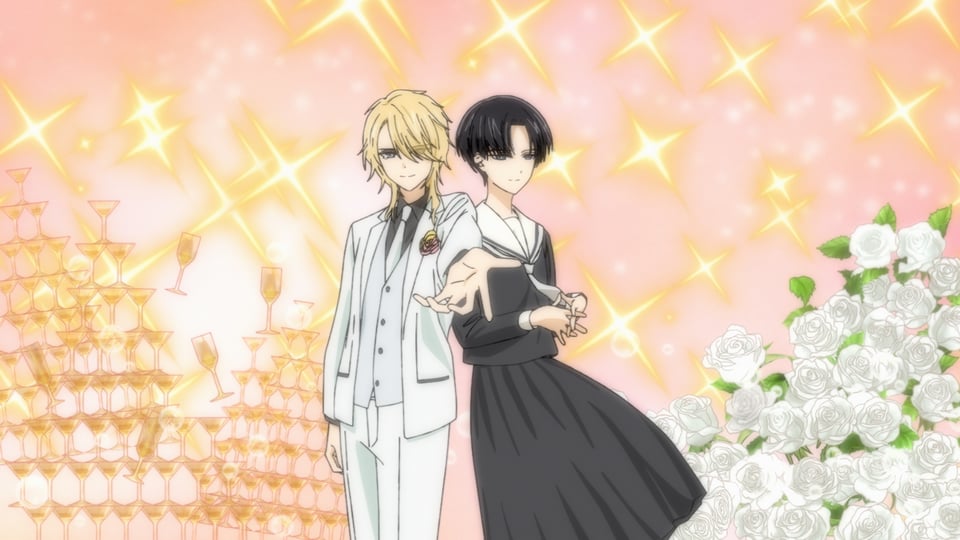
That acceptance also turns a little bit comedic in a later misunderstanding, as Gojo approaches a shop clerk about getting the correct shape for a corset as a component for a bunny girl suit. The clerk immediately assumes it's for the young man in front of him, and while at first caught off guard, he does everything he can to help. It's a charming lead into the introduction of Chitose Amano (who goes by the moniker Amane Himeno), who crossdresses in his cosplay. It began with something as small as his sister letting him try on her clothes, and evolves from there. It's a lovely side story which might be the show's most interesting angle on cosplay yet beyond the details of the craft, as Amano explains the affirmation which he gets from it, realizing his beauty outside of traditional masculine self image.
As seen in the following episode, a breakup with a past girlfriend over it – while Amano laughs it off – has led him to be a little more cautious in talking about it however. As in the comic, the anime immediately diffuses this with Gojo's passion for the craft: a trend in the first few episodes of My Dress-Up Darling for fear of ostracization being immediately met with enthusiasm instead. His attempts to figure out how Amano passes so well is completely tied up in craftsperson interest, his synapses firing at the sight of liquid glue.
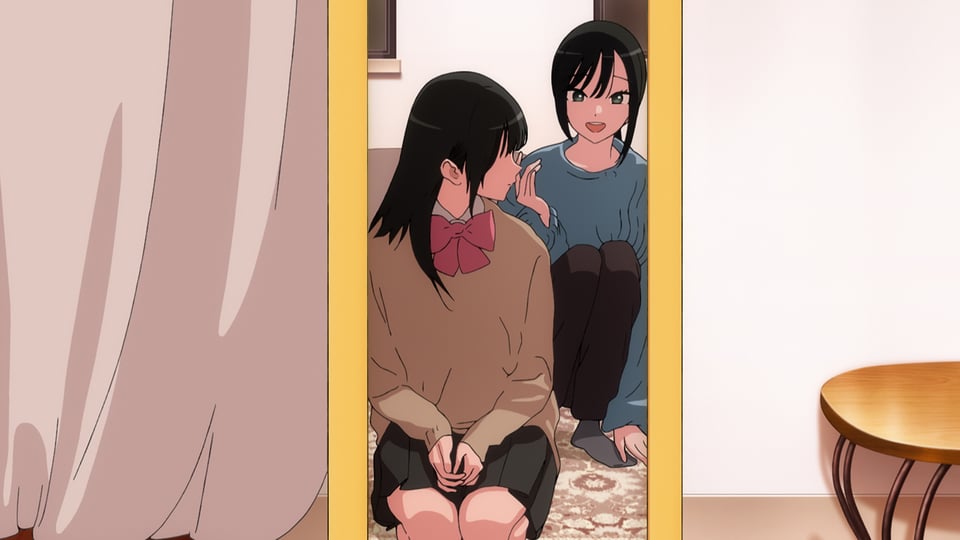
The episode titles revel in innuendo (one of the gender identity episodes we're discussing here is titled "You Can Equip Boobs!"), but belie a sensitivity which feels very welcome. There's no shock factor or embarrassment for Gojo about the aforementioned bunny girl misunderstanding; the joke lies more in the shop assistant's dramatic inner monologue in which he protects Gojo's right to dress up as a bunny girl.
Season 2's first quartet of episodes all engage with that porous gender line with glee; the very next episode after befriending Amano, Marin decides to go for male-presenting cosplay as Rei, a character from a show-within-the-show who is herself crossdressing, acting in the guise of a male host at a club. (In case all of this wasn't clear enough, one character speaks of the anime character representing "a dream so great man or woman ceases to matter!") The openness of the show's presentation of cosplay – especially to a layman like myself – is lovely given how the occasional hostile online reaction to cosplayers of races and genders which are different to the character. In My Dress-Up Darling, all characters are for everyone, given the right means.
My Dress-Up Darling doesn't pretend that acceptance is found everywhere: consider the inciting incident of the show with Gojo's cousin, and Amano's girlfriend. But through the second season's opening arc, it also shows that it's closer than its characters anticipate.